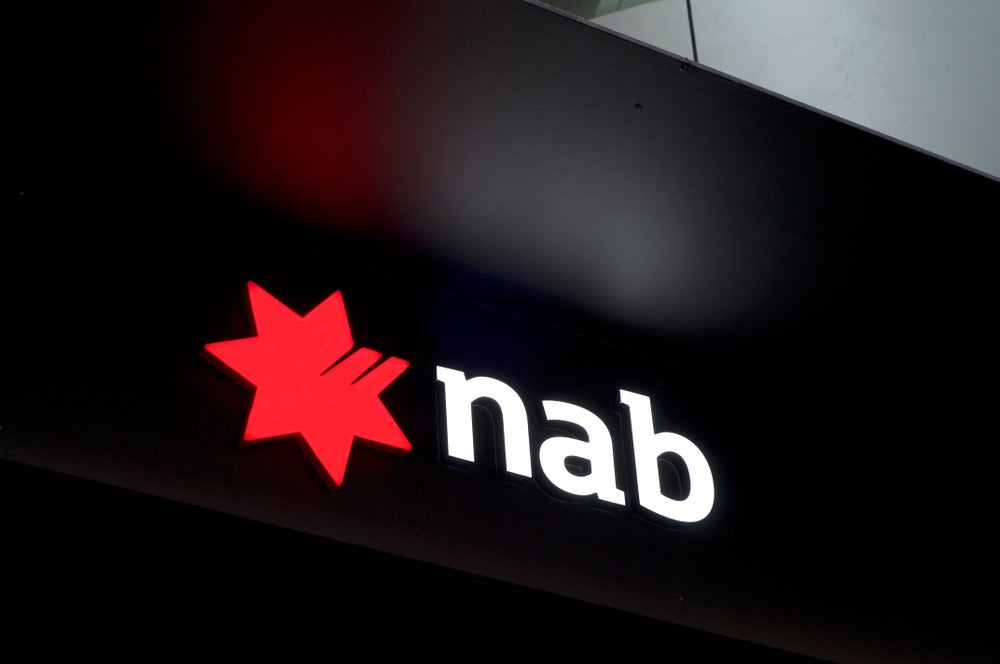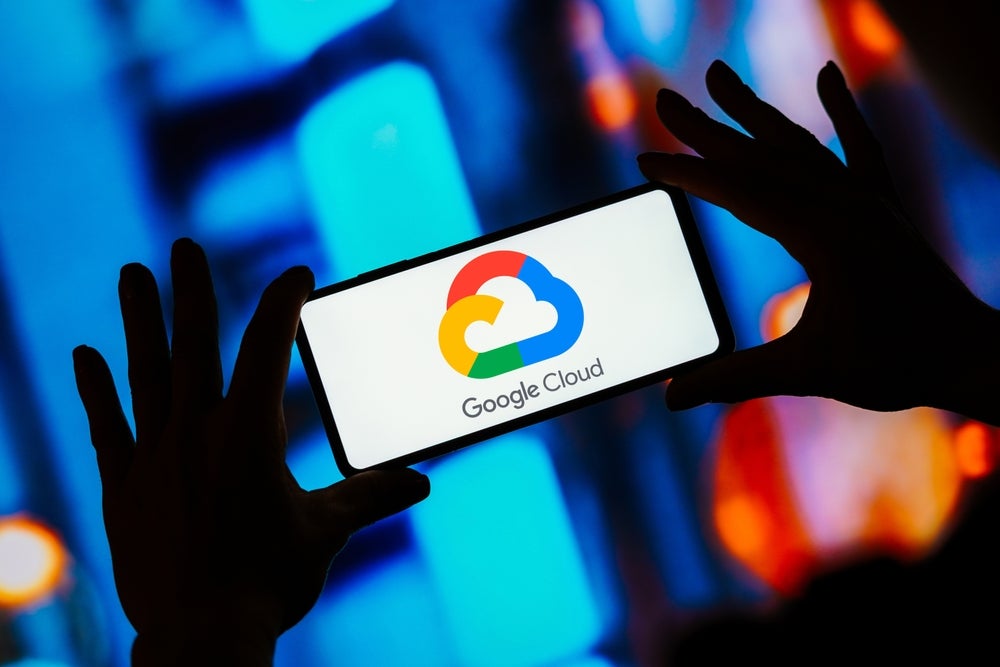Discover Financial Services is
executing a major transformation plan: from a card supplier to a
major financial powerhouse. Its buying spree has included snapping
up a bank from an insurance firm and a student loan portfolio all,
part of its drive to enlarge its direct banking business. Charles
Davis reports.
 Discover’s
Discover’s
acquisition in March of the bulk of US insurer Allstate
Corporation’s banking deposits, -they amounted to $1.1bn as of 30
September 2010 – has highlighted the card issuers ambitious
expansion plans.
Discover executives touted the deal
as one of several aimed at expanding the company beyond card-based
products.
“By joining forces with Allstate,
an industry leader with a well-known brand, Discover will continue
to offer the safe and secure products Allstate customers have come
to trust,” said Carlos Minetti, president of consumer banking and
operations for Discover.
Discover’s direct banking operation
had deposits of $20.6bn as of November, up from $3bn in 2007, and
it now is one of the top five direct banks in the country.
Direct-to-consumer deposits grew at a 64% clip in 2010 alone.
How well do you really know your competitors?
Access the most comprehensive Company Profiles on the market, powered by GlobalData. Save hours of research. Gain competitive edge.

Thank you!
Your download email will arrive shortly
Not ready to buy yet? Download a free sample
We are confident about the unique quality of our Company Profiles. However, we want you to make the most beneficial decision for your business, so we offer a free sample that you can download by submitting the below form
By GlobalDataDirect banking pretax income of
$677m in the first quarter of 2011 was an $885m improvement from
the first quarter of 2010.
Discover will also enter a
multi-year marketing partnership with Allstate, under which the
insurer’s agents will market online savings, certificates of
deposit and other deposit accounts to customers through Discover’s
Discover Bank subsidiary.
Marketing agreements like the
Allstate deal have formed one of the central parts of Discover’s
efforts to expand its retail banking operations. In January 2008,
Discover Bank started a marketing partnership with the American
Automobile Association (AAA) and, in May 2010, it struck a similar
deal with the American Association of Individual Investors.
The partnership with AAA has
resulted in more than $2 billion in deposits, Discover said last
year.
In December, it closed its $600m
purchase of Student Loan Corporation (SLC), which was majority
owned by Citigroup. It gained $4.2bn of SLC’s private student loans
and $3.4bn of its asset-backed securitisation funding, opening up
another new retail financial services line for the company.
In fact, much of Discover’s growth
actually may come from products other than credit, according to
executives at the company.
Discover CEO and chairman David
Nelms said recently the company is considering offering checking
accounts and now views credit cards as just one of many offerings
from its direct banking operation.
Thanks to first-quarter growth
driven by improvements in credit performance and an increase in
card sales, Discover beat Wall Street forecasts and reported $465m
in profit for the quarter, which compares with a net loss of $104m
a year earlier.
Discover’s US card sales volume
totalled $24bn, up 7.1% from $22.4bn. Credit card loan receivables
fell 3.3%, to $44.3bn from $45.8bn, while total loan receivables
increased 3.2%, to $51.7bn from $50.1bn.
Nelms told analysts during a 22
March conference call that the company is also working on mobile
payments as a part of the Isis system with mobile carriers
AT&T, Verizon Wireless and T-Mobile USA. Discover also has
ambitions to get into mortgage origination.
“Mortgages are an asset class we
are interested in,” said Discover president Roger Hochschild, told
analysts in March. “I think now would be a good time to look at
that business, if you are coming in clean.”
Mortgage lending would not be a
completely novel approach for Discover. In 2004, while owned by
Morgan Stanley, the company was in partnership with a unit of
JPMorgan Chase to originate loans to some Delaware residents. That
programme ended in 2008.
Discover also has made strides in
its bank card issuance efforts, adding First National Bank of Omaha
to its ranks of issuers.
A Discover spokesperson noted that
Nelms signalled in his 2011 letter to shareholders that Discover’s
progress on company priorities was the result of multiple
cross-functional initiatives.
For example, he stated: “I believe
the increase in Discover card sales volume reflects not only the
early stages of economic recovery, but also the payback from our
investments to expand merchant acceptance, enhance our
industry-leading rewards programs and further strengthen the
Discover brand.”
Hochschild said, while Discover is
“very happy we gained share over the last couple years, gaining
share by shrinking less than your competitors is not what you
want”.
“We will look for other
opportunities to broaden our product set, leveraging our brand, our
customer base, our direct marketing, and unsecured lending
capabilities.”
He added that there other
“adjacent” business lines that Discover is exploring, but ruled out
auto lending, for example, because he cannot see a way it “can
leverage the brand, the relationships, and the underwriting
capabilities we will consider as ways to put capital to work for
our shareholders”.
Hochschild said he expects card
growth to hew closely to GDP for the foreseeable future, making
diversification an increasingly important part of corporate
strategy.
“So a big focus for us is gaining
share of wallet with our existing customers.
“You talk a lot about new
customers, about activating inactive. One of the opportunities we
think is most attractive is growing our, what we call primary card
users.
” People who use their card 15 or more times a year, we have
seen significant growth there and we expect that to continue.”







